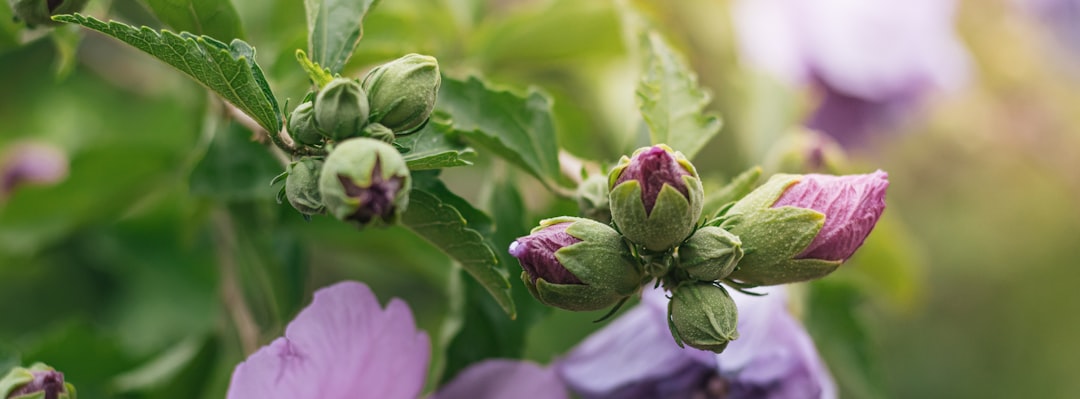Transform Your Yard with English Garden Magic

Embarking on a journey to design a garden that exudes charm and beauty is a rewarding endeavor. When it comes to garden styles, the English garden, with its vibrant hues and timeless cottage charm, stands out as a classic choice. In this article, we'll explore some inspiring English garden ideas from Gravetye Manor's head gardener that can transform your yard into a haven of natural splendor.
The allure of an English garden lies in its seemingly effortless blend of wildness and order. It's a style that combines the beauty of nature with a touch of human intervention. One of the key elements of an English garden is the use of a diverse range of plants, each contributing its own unique color, texture, and fragrance.
**Plant Selection**
To create a vibrant English garden, start by choosing a variety of plants that bloom at different times of the year. This will ensure that your garden is always filled with color and life. For spring, consider planting bulbs such as tulips, daffodils, and hyacinths. These early bloomers will add a splash of color to your garden after the long winter months.
As the season progresses, transition to perennials like peonies, roses, and lavender. Peonies are known for their large, showy blooms, while roses come in a wide range of colors and fragrances. Lavender, with its purple spikes and soothing scent, is a staple in English gardens.
In the summer, add annuals such as petunias, marigolds, and zinnias to keep the color going. These fast-growing plants are easy to care for and will provide a continuous display of flowers until the first frost.
For the fall, incorporate ornamental grasses, asters, and chrysanthemums. Ornamental grasses add movement and texture to the garden, while asters and chrysanthemums bring a burst of color as the days grow shorter.
**Layout and Design**
The layout of an English garden is often characterized by meandering paths, informal borders, and a sense of flow. Instead of straight lines and rigid structures, embrace curves and organic shapes. This will give your garden a more natural and relaxed feel.
Create different areas within your garden, such as a seating area, a flower bed, and a vegetable patch. Each area should have its own unique character and purpose. For example, the seating area can be a place to relax and enjoy the beauty of the garden, while the flower bed can be a showcase for your favorite plants.
Use hedges and shrubs to define the boundaries of your garden and create a sense of privacy. Boxwood hedges are a popular choice in English gardens, as they can be easily shaped and maintained. You can also use climbing plants such as clematis and wisteria to add height and vertical interest to your garden.
**Hardscaping**
In addition to plants, hardscaping elements can also play an important role in an English garden. Incorporate features such as stone paths, wooden benches, and a water feature to add texture and interest. Stone paths not only provide a practical way to navigate your garden but also add a rustic and charming touch.
Wooden benches are a great place to sit and enjoy the beauty of your garden. You can choose a simple design or opt for a more elaborate one with intricate carvings. A water feature, such as a fountain or a pond, can add a sense of tranquility and serenity to your garden. It also attracts birds and other wildlife, making your garden a more vibrant and lively place.
**Maintenance**
Maintaining an English garden requires a bit of effort, but the rewards are well worth it. Regular watering, pruning, and weeding are essential to keep your garden looking its best. Make sure to water your plants deeply and regularly, especially during dry spells.
Pruning is important to keep your plants healthy and in shape. Remove any dead or damaged branches, and trim back overgrown plants to encourage new growth. Weeding is also necessary to prevent weeds from competing with your plants for nutrients and water.
Finally, don't forget to fertilize your plants regularly to ensure they have the nutrients they need to thrive. You can use organic fertilizers such as compost or manure, or you can opt for a commercial fertilizer specifically formulated for your plants.
In conclusion, creating an English garden is a wonderful way to infuse your yard with vibrant hues and timeless cottage charm. By following these ideas from Gravetye Manor's head gardener, you can transform your outdoor space into a beautiful and inviting haven. So, roll up your sleeves, grab your gardening tools, and get started on your English garden adventure today!